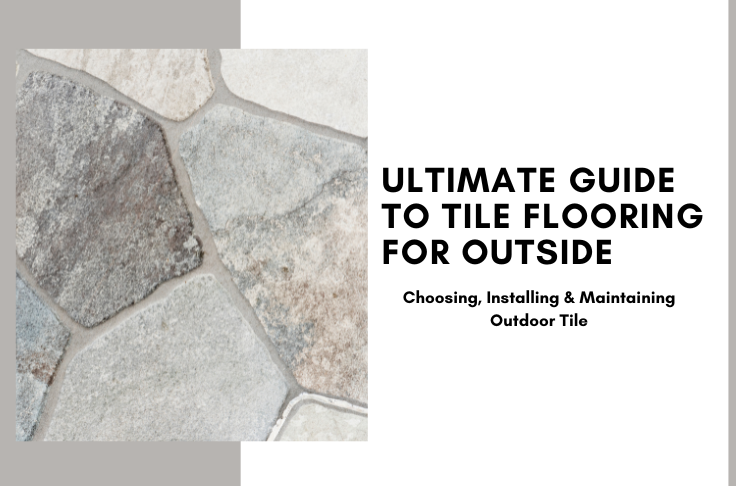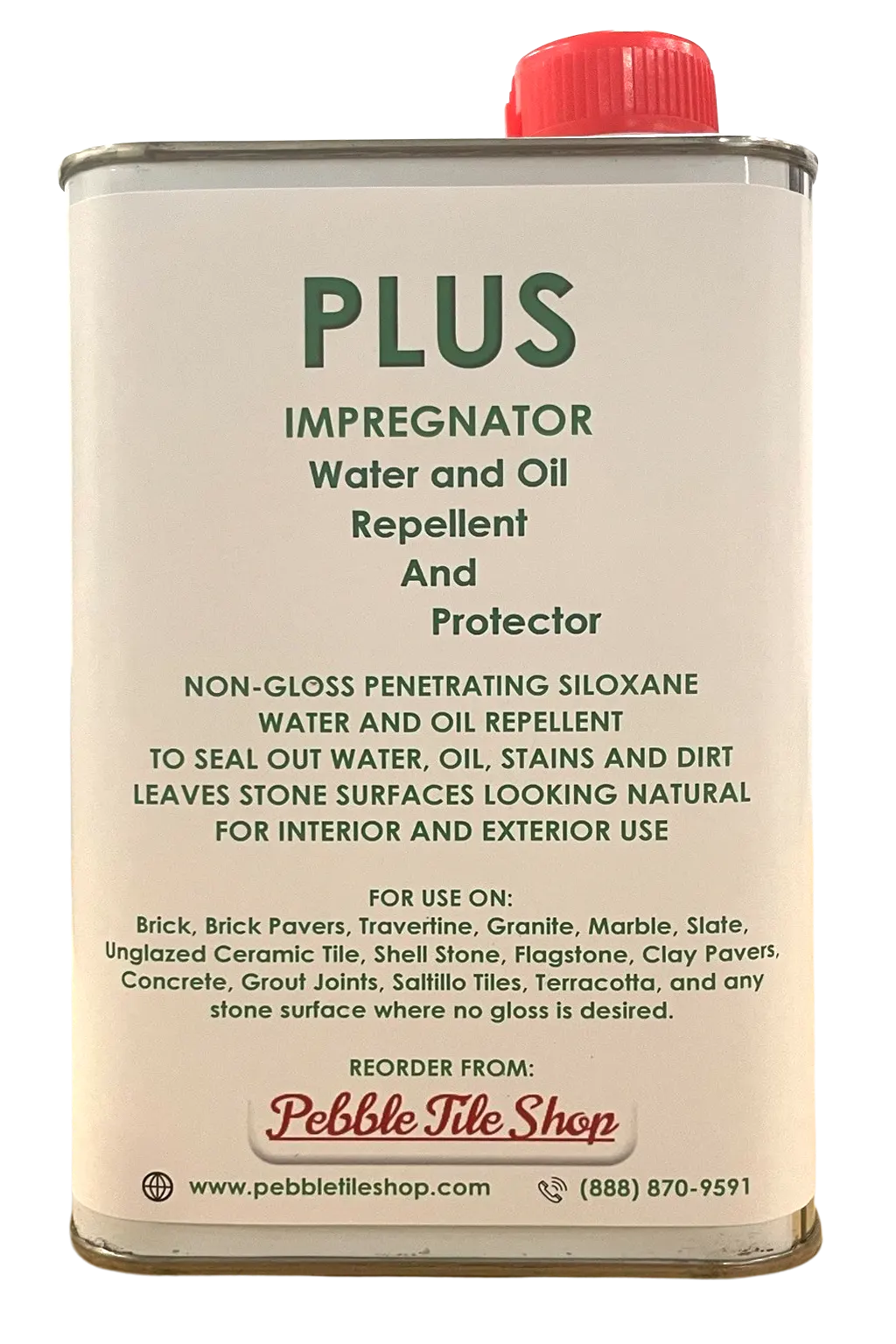Outdoor spaces are now an essential part of American homes. Patios, decks, and garden areas are being designed as extensions of indoor living, perfect for relaxing and entertaining. But when it comes to flooring, outdoor areas face tough challenges like rain, heat, and slippery surfaces. Choosing the right tile flooring for outside can make all the difference in how your space looks and performs. This guide will help you understand what to look for before buying outdoor tiles, from picking the best materials and finishes to installation and maintenance tips. You’ll also discover how TileHub’s outdoor tile collection can help you create a beautiful and lasting space for your home.
Why Choose Tile Flooring for Outdoors?
Tile flooring is one of the most durable choices for outdoor areas. Unlike wood or composite decking that can warp or fade, outdoor tiles are built to handle heavy use, moisture, and temperature changes for years. They’re easy to clean, resist stains and fading, and keep their finish looking fresh with minimal effort. Homeowners also love the design flexibility — tiles come in countless colours, textures, and natural-stone looks that suit any style. In the U.S., demand for high-quality outdoor flooring continues to rise as more people invest in open-air living spaces. According to recent industry insights, the outdoor tile market is growing steadily as homeowners look for lasting, low-maintenance materials. Just remember, not every tile works outside, so choosing the right outdoor-rated option is essential.
Key Criteria for Outdoor Tile
Before you buy tile flooring for outside, it’s important to know what makes a tile suitable for outdoor use. The right tile will stand up to weather, temperature changes, and heavy foot traffic without losing its beauty.
-
Water absorption and frost resistance: In colder regions, tiles must resist moisture and freezing. Outdoor-rated porcelain tiles are best because they have low porosity and prevent cracking in freeze-thaw conditions.
-
Slip resistance and texture: Safety is key. Choose tiles with a textured or matte surface and check their slip-resistance rating, often measured by the coefficient of friction
-
Strength and wear rating: Only install tiles rated for floors, not walls. Look for a PEI rating or a manufacturer label confirming they’re suitable for exterior use
-
Edges and grout joints: Rectified edges give a clean look, while wider joints allow for slight movement. Smaller tiles offer better grip on sloped or wet surfaces.
-
Thermal and UV performance: Outdoor areas expand in heat, so ensure proper drainage and movement joints. Lighter-coloured tiles stay cooler and resist fading better under strong sunlight.
Common Outdoor Tile Material Types & Comparisons
When choosing tile flooring for outside, the material you select will determine how well it performs over time. Each type offers unique advantages depending on your climate, budget, and design goals.
-
Porcelain Tile: The most popular choice for outdoor areas. It’s dense, water-resistant, and ideal for patios, pool decks, and walkways in almost any U.S. climate.
-
Natural Stone: Options like slate, granite, bluestone, and travertine add rich texture and natural beauty. They need sealing to protect against stains and moisture but offer a timeless look.
-
Quarry Tile: Unglazed clay tiles that provide excellent grip and durability. Best for warm, dry regions since they can absorb water and crack in freezing temperatures.
-
Saltillo/Terracotta: Great for rustic patios in dry areas but require sealing and frequent maintenance.
-
Vitrified Tile: A dense ceramic alternative with low porosity and strong outdoor performance.
-
Composite or Interlocking Tiles: Easy DIY options made from PVC or stone blends; perfect for quick upgrades without mortar.
|
Material Type |
Pros |
Cons |
Best For |
|
Porcelain |
Durable, water-resistant, low maintenance |
Can feel cold underfoot |
All climates |
|
Natural Stone |
Premium look, textured surface |
Requires sealing |
Patios, luxury decks |
|
Quarry |
High slip resistance |
Not freeze-proof |
Warm climates |
|
Terracotta |
Rustic appeal |
High porosity |
Dry regions |
|
Vitrified |
Affordable, low absorption |
Fewer styles |
General outdoor use |
|
Composite |
Easy to install |
Less natural look |
Temporary setups |
Design & Style Trends
Outdoor design in 2026 is all about creating seamless, natural spaces that blend comfort with character. Homeowners are leaning toward earthy colour palettes, stone-inspired textures, and large-format slabs that make patios and decks look open and modern. Many are choosing matching tiles indoors and outdoors to create a smooth visual flow between living areas. Tiles are also being used to define zones — such as walkways, dining spaces, or lounge areas — without the need for walls or railings. Patterned or decorative tiles add personality to focal spots like fire pits or outdoor kitchens. Mixing smooth and textured finishes not only enhances style but also provides better grip where it’s needed most.
Installation Essentials & Best Practices
Proper installation is key to making tile flooring for outside last for years. Start with a well-prepared base or substrate that’s level, stable, and slightly sloped to allow for drainage. Always use mortar and adhesives rated for exterior use, especially in regions that experience freeze-thaw cycles. Include expansion and movement joints to prevent tiles from cracking when temperatures change.
Choose the right grout — flexible or sanded types work best for outdoor conditions — and make sure it’s properly sealed to keep out moisture. Plan your layout carefully, keeping consistent spacing and level alignment across the area. Protect tile edges, especially near steps or exposed sides, to prevent chipping.
Common mistake to avoid: Skipping waterproofing or drainage preparation can lead to loose tiles and early damage. When in doubt, hire a professional installer for long-lasting results.
Maintenance & Longevity Tips
Keeping tile flooring for outside in great condition is simple with a few regular habits. Clean tiles using mild soap or pH-neutral detergent and avoid harsh acids that can dull the surface. Depending on the material, apply a sealer once or twice a year to protect against stains and moisture. Check and re-caulk expansion joints as part of seasonal maintenance. For stains, use gentle cleaners and soft brushes. In colder areas, prevent freeze damage by using mats and removing snow promptly rather than letting it sit. With consistent care, your outdoor tiles will stay strong and stylish for many years.
How to Choose and Source Outdoor Tile on TileHub.com
Finding the right tile flooring for outside is easy on TileHub.com. You can browse by categories such as Outdoor Porcelain Slabs or Slip-Resistant Exterior Tiles to match your project needs. Each product page lists key specifications like water absorption, slip resistance, and frost rating — helping you compare performance before you buy. You can also request samples to see texture and colour in person. For design guidance or installation advice, TileHub’s support team is ready to help you make confident choices. Explore related resources like tile care and installation guides to complete your outdoor transformation.
Case Studies / Example Use Cases
In colder states like Minnesota, many homeowners choose freeze-rated porcelain tiles for their patios. These tiles withstand extreme temperature swings and keep their colour intact even after years of snow and thaw cycles. In Florida, natural stone tiles such as travertine are a favourite around pools because they stay cool underfoot and blend beautifully with tropical landscaping. Meanwhile, homeowners in California often use interlocking composite tiles to refresh concrete balconies or small courtyards without major renovations. Each approach shows how the right material choice makes outdoor flooring safer, longer-lasting, and perfectly suited to local weather conditions.
Conclusion
Choosing the right tile flooring for outside is about more than looks — it’s about creating a space that lasts. With the right material, installation, and care, your patio, pool deck, or garden walkway can stay beautiful year after year. Homeowners exploring design options often find inspiration on TileHub, where collections like Pebble Tile and Pearl Tile add texture and charm to outdoor areas. For those who prefer timeless luxury, Marble tiles bring a natural, high-end finish that elevates any space. Explore the full range at TileHub to find outdoor tiles that match your lifestyle and climate perfectly.







